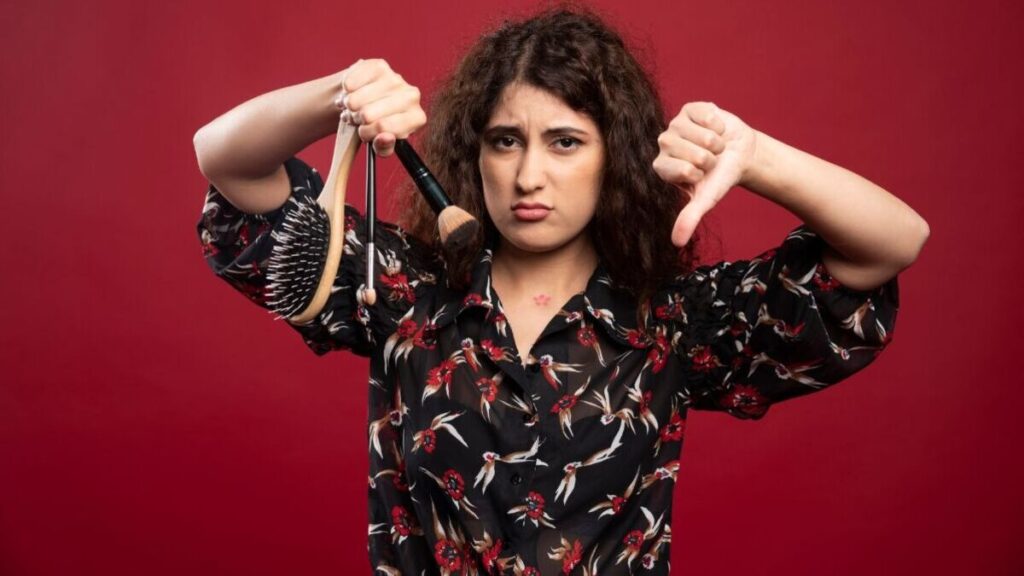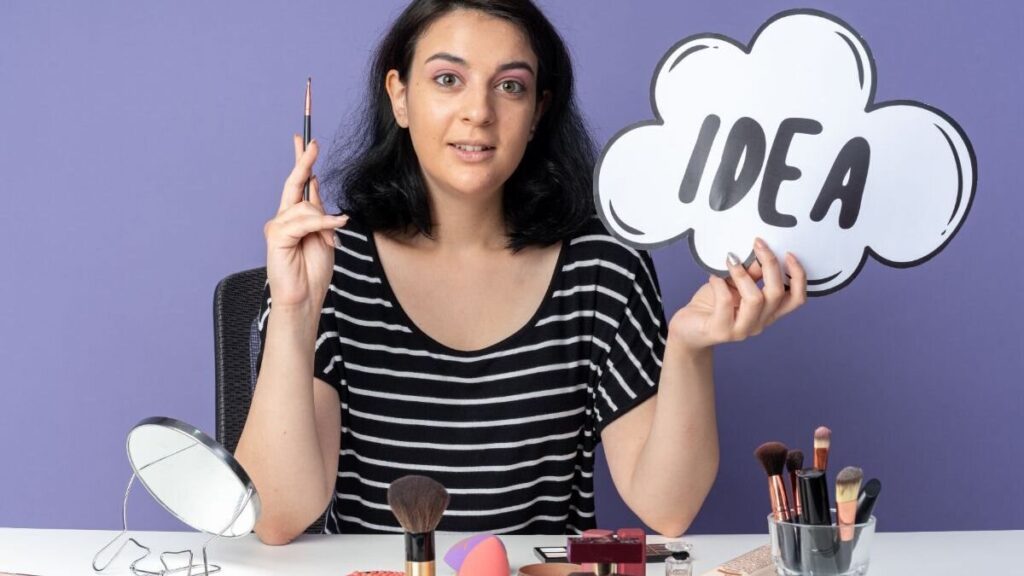Introduction
Worst Fashion trends have always served as a means of self-expression, allowing people to showcase their individuality and creativity. From bold silhouettes to vibrant patterns, trends can capture the spirit of a generation. However, not every style deserves a nostalgic revival. Some trends are best remembered as fashion faux pas, no matter how popular they once were. These ill-fated ideas highlight the gap between runway glamour and real-world functionality, whether due to impracticality, discomfort, or sheer absurdity.
- Introduction
- Low-Rise Jeans: The Belly-Baring Blunder
- Shoulder Pads: Power Dressing Gone Wrong
- Crocs: Comfort Over Style (Or Any Fashion Sense)
- Corsets: Beauty at the Expense of Health
- Harem Pants: The Drop-Crotch Dilemma
- Jelly Shoes: Plastic Dreams, Sweaty Realities
- Overly Distressed Jeans: How Much Is Too Much?
- Tiny Sunglasses: Functionality Took a Backseat
- Extreme Platform Shoes: Risky Business
- Ed Hardy T-Shirts: Overbranded Eyesores
- Why Do The Worst Fashion Trends Happen?
- Conclusion
Looking back, it’s clear that not everything fashionable is universally appealing—or even remotely practical. In this article, we’ll explore the ten worst fashion trends of the past century that epitomize this divide, reminding us that style doesn’t always equal substance.
Low-Rise Jeans: The Belly-Baring Blunder
Oh, boy bands, frosted tips, and low-rise pants in the early 2000s. These hip-huggers ruled the wardrobes of teens and celebrities alike, but at what cost? With waistlines barely holding on, these jeans exposed far more than they concealed.
The trend made sitting a game of chance and caused constant battles with visible underwear. For many, it was a war against “muffin tops,” a body-shaming term that emerged because of this style. While the fashion industry pushed this look, the average wearer felt insecure and uncomfortable. No wonder high-rise jeans made a triumphant return!
Shoulder Pads: Power Dressing Gone Wrong
The 1980s were iconic for many reasons, but shoulder pads were not one of them. Designed to make women look powerful and authoritative in the workplace, this trend often went overboard. Blazers, dresses, and casual tops featured these exaggerated padding inserts, giving everyone a linebacker silhouette.
While the intent was empowerment, the execution was comical. Today, subtle structure in tailoring does the job without making you look suited up for a football game. Less is more, especially when it comes to shoulders.
Crocs: Comfort Over Style (Or Any Fashion Sense)
Crocs—those rubbery, hole-covered clogs—remain one of the most divisive trends in fashion history. Marketed as practical footwear for gardeners and healthcare workers, they inexplicably became a staple of streetwear in the 2000s.
Though comfortable, Crocs were often ridiculed for their bizarre design. Worst Fashion critics branded them a style nightmare, yet they still boast a cult following. Even with designer collaborations, Crocs is a textbook example of when function clashes with form in the worst fashion way possible.
Corsets: Beauty at the Expense of Health
Few garments are as infamous as the corset. Popular in the 18th and 19th centuries, this rigid undergarment cinched waists to impossible dimensions. While it created the desired hourglass figure, it often came at the cost of fainting spells, organ damage, and restricted breathing.
The corset’s dangerous legacy has been revisited in modern Worst fashion, with some designers touting it as a “feminist” tool for reclaiming control over one’s body. But let’s face it—Comfort and health will always outlast a fleeting trend.
Harem Pants: The Drop-Crotch Dilemma
MC Hammer may have made harem pants iconic, but that doesn’t make them any less ridiculous. With their exaggerated drop-crotch design, these pants often resembled a mix of diapers and curtains.
While they aimed for a relaxed, bohemian vibe, the result was unflattering to nearly everyone. Few people could pull off the look, making it a trend that fizzled out almost as fast as it arrived.
Jelly Shoes: Plastic Dreams, Sweaty Realities
Remember jelly shoes? These brightly colored, semi-transparent plastic sandals were a summer staple in the 1980s and 1990s. They were playful and fun—until you wore them for over an hour.
Jelly shoes were notorious for causing blisters and sweaty feet, turning a sunny day into a nightmare. While nostalgia occasionally brings them back, most people agree that breathable footwear is a much better option.
Overly Distressed Jeans: How Much Is Too Much?
When done right, distressed denim can look effortlessly cool. But in the 2010s, overly distressed jeans became a thing—and it went way too far. Jeans with rips, holes, and tears everywhere looked more like the aftermath of a dog attack than a worst fashion statement.
The irony? These jeans often cost more than their intact counterparts. Are you paying extra for something that looks destroyed? We’re happy to leave that trend behind.
Tiny Sunglasses: Functionality Took a Backseat
Small sunglasses may have looked edgy on celebrities, but for most of us, they were a head-scratching trend. Offering little to no protection from the sun, these micro shades were more about making a statement than serving a purpose.
While they dominated Instagram feeds in the late 2010s, practicality finally won. Large, functional frames are back, proving that fashion and utility coexist.
Extreme Platform Shoes: Risky Business
If you lived through the 1970s or early 2000s, you’ve probably seen (or tripped over) extreme platform shoes. With soles several inches thick, walking became a precarious challenge. Many who dared to wear them found themselves tumbling like dominos.
While platforms are experiencing a resurgence today, modern designs focus on stability and balance. The sky-high versions of yesteryear? Better left in the archives.
Ed Hardy T-Shirts: Overbranded Eyesores
In the mid-2000s, Ed Hardy T-shirts were everywhere, featuring loud, tattoo-inspired designs and rhinestones galore. At first, they seemed cool and rebellious. But over time, they became synonymous with over-the-top branding and bad taste.
Even celebrities like Jon Gosselin and reality TV stars couldn’t salvage the reputation of these gaudy shirts. Today, minimalism reigns supreme, and we’re all better for it.
Why Do The Worst Fashion Trends Happen?
Worst Fashion is cyclical, often influenced by pop culture, celebrity endorsements, and societal shifts. But not every experiment works. Sometimes, what’s trendy on the runway or a celebrity looks absurd.
How to Avoid Falling for the Next Worst Fashion Trends
- Focus on Timeless Pieces: Invest in classic staples like tailored blazers, neutral-colored jeans, and quality footwear.
- Think About Comfort: If a trend sacrifices Comfort, it’s unlikely to stick around.
- Shop Responsibly: Avoid fast worst fashion fads that harm the environment and your wallet.
Conclusion
Fashion is a constantly shifting realm where trends rise to prominence and fade into obscurity. Some styles become timeless classics, while others fail spectacularly, leaving behind lessons for future fashionistas. The worst fashion trends remind us of the importance of balancing personal expression with functionality and Comfort.
These trends often prioritize fleeting popularity over long-term practicality, leading to regretful style choices. While experimenting with bold looks can be exciting, it’s worth remembering that only some outfits are worth revisiting. By staying true to our style and investing in versatile, enduring pieces, we can navigate the ever-changing world of worst fashion without succumbing to occasional disasters. After all, some trends are best left in the past.


